The Z390 chipset and backwards compatibility
There's not too much to reveal about the new Z390 chipset. New features include integrated USB 3.1 Gen 2 and 802.11ac WiFi support, but these have been regular features on premium motherboards for a couple of years now anyway, so really, you might even ask why it's taken Intel so long to include them. Just to dispell and confusion now, while Intel states 24 platform PCI-E lanes, it's still only 16 that will come from the CPU to drive discrete graphics cards and the like. The Core i9-9900K might be edging into high-end desktop territory, but its feet are firmly on mainstream ground as far as bandwidth goes.
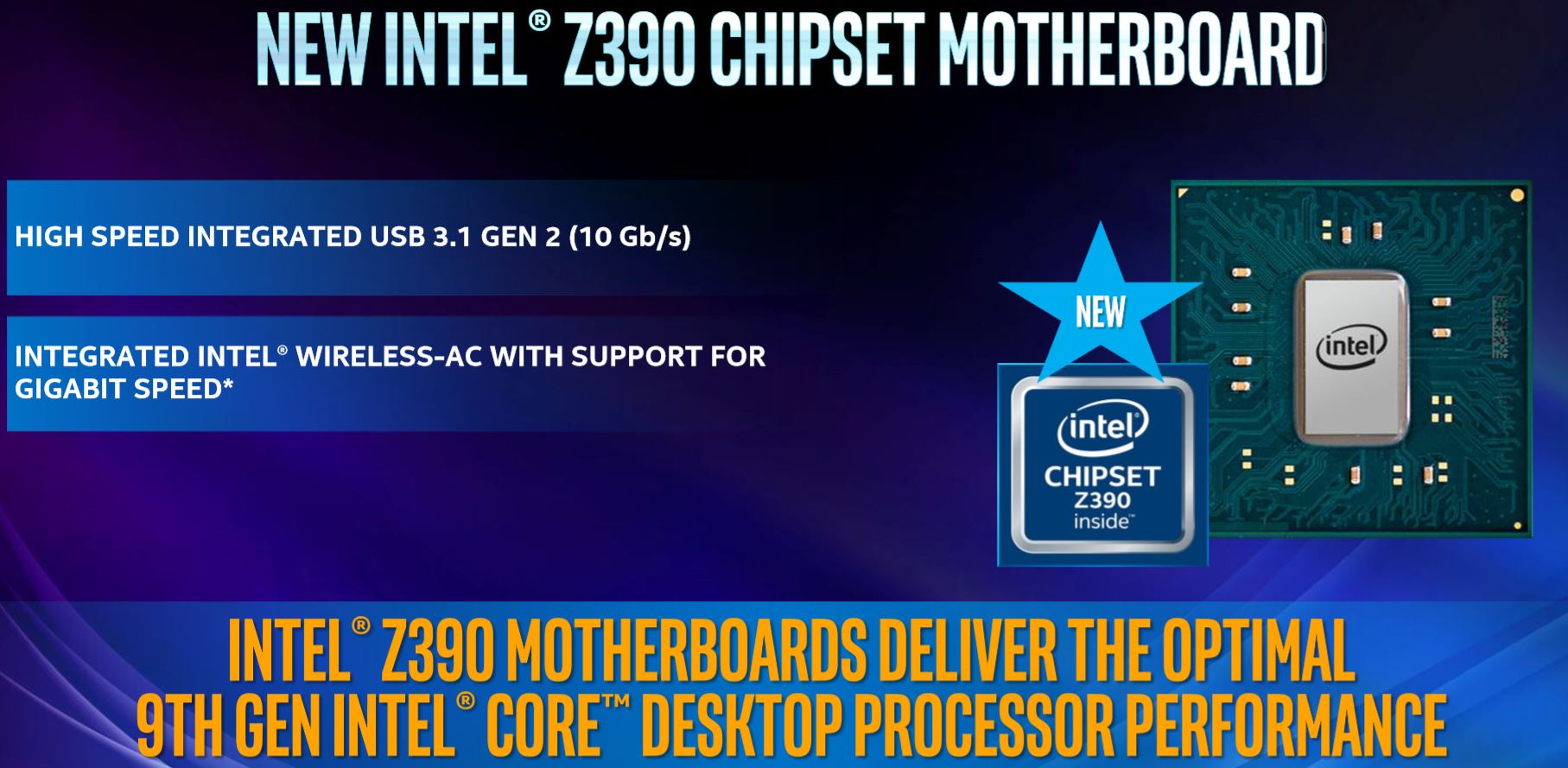
Backwards compatibility has been a hot topic for Intel since it's unpopular move with Z370, but thankfully you'll be able to run a 9th gen CPU in Z370 boards, most likely with a BIOS update and Z390 boards will accept 9th generation CPUs. As yet there seems to be little benefit opting for Z390 boards over their predecessors to run the new CPUs too, but time will tell if that becomes a sweeping statement or not. For now, the baseline for memory speed support is still 2,666MHz, so if you're looking at using a cheaper chipset that doesn't support memory overclocking, that's still the highest speed you'll be able to get to, even with the Core i9-9900K.
Solder is back: The end of delidding?
We're still not entirely sure why Intel ditched solder as the thermal interface material all the way back with Ivy Bridge and 3000-series CPUs as well as more recently with its Skylake-X HEDT CPUs; some say to save money, while others say that the repeated heating and cooling, especially when overclocking could lead to cracked cores over time when solder was used. Either way, solder is back both with K-series mainstream CPUs plus all of the X-series HEDT CPUs as well.
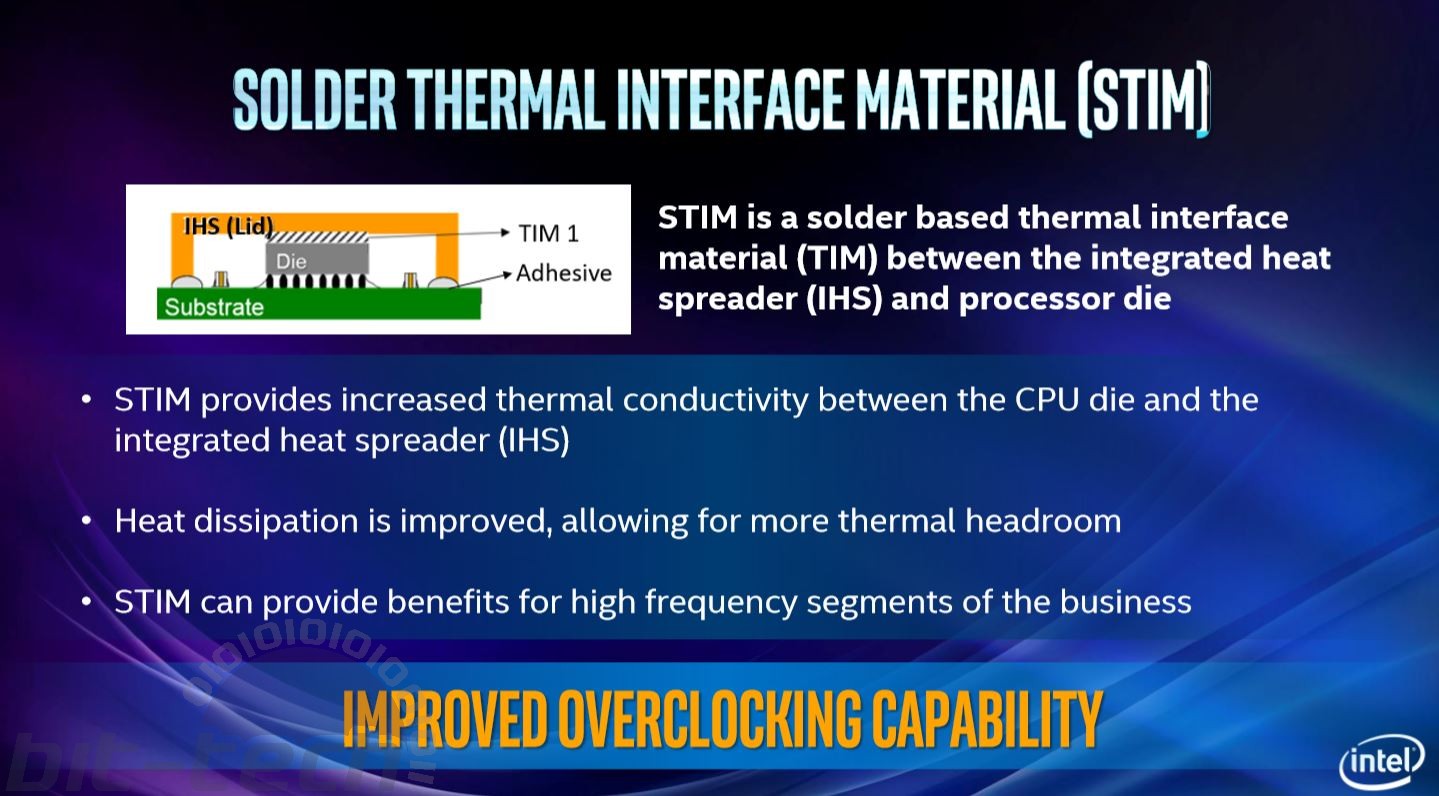
Of course, Intel is making a big deal of this, even giving it a name - STIM. However, the only real comparison we can do is with the Core i5-9600K along with the Core i5-8600K to compare thermals between these two otherwise identical CPUs apart from frequency. Results from our Core i9-9900K seem to suggest better temperatures, hitting slightly lower numbers than we'd expect from our six-core 8700K at similar voltage and frequency. Things are still toasty as you approach 5GHz, though, but given there's a 33% core count increase, similar temperatures aren't completely unreasonable. If you were expecting to hit 5GHz with a maximum CPU temperature of 70°C, though, you'll be disappointed. In the meantime, as soon as we're done here, we're off to put our der8auer delid tools on Ebay.

MSI MPG Velox 100R Chassis Review
October 14 2021 | 15:04

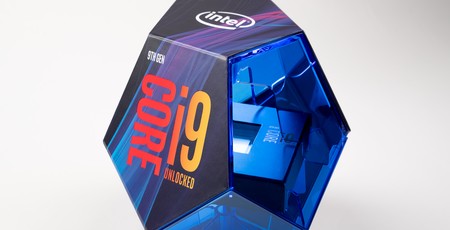
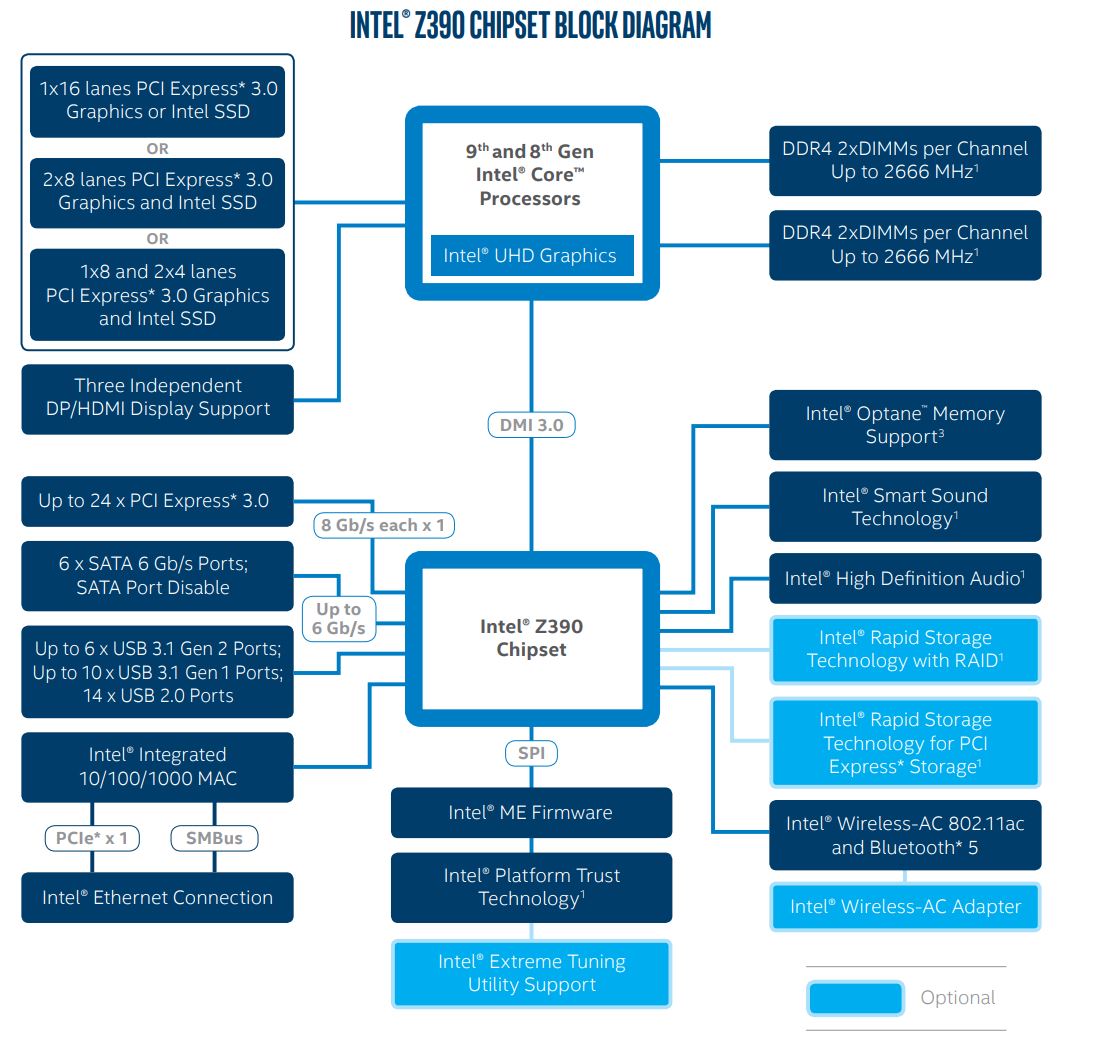
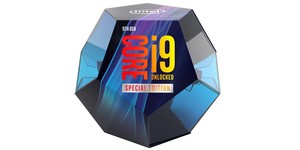
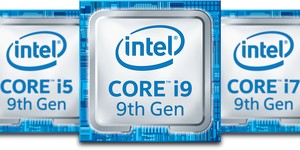
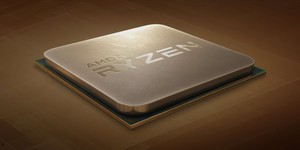




Want to comment? Please log in.